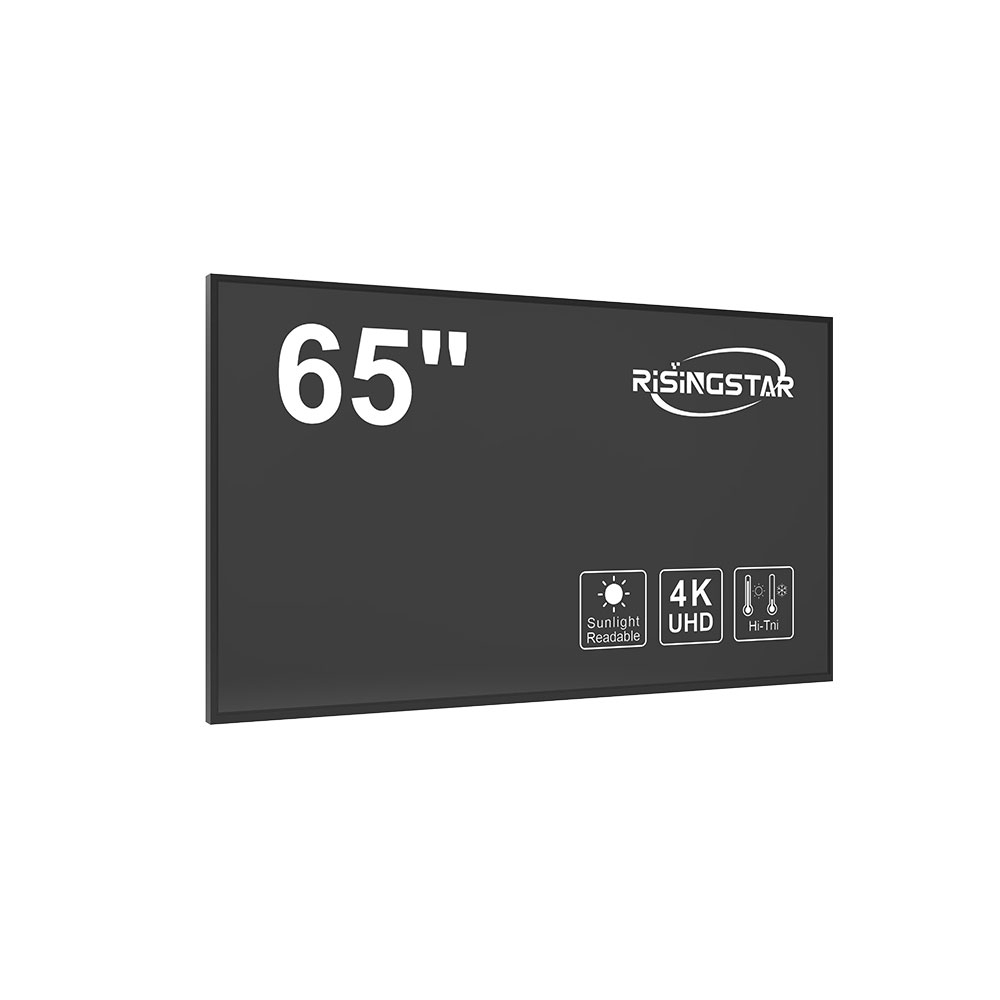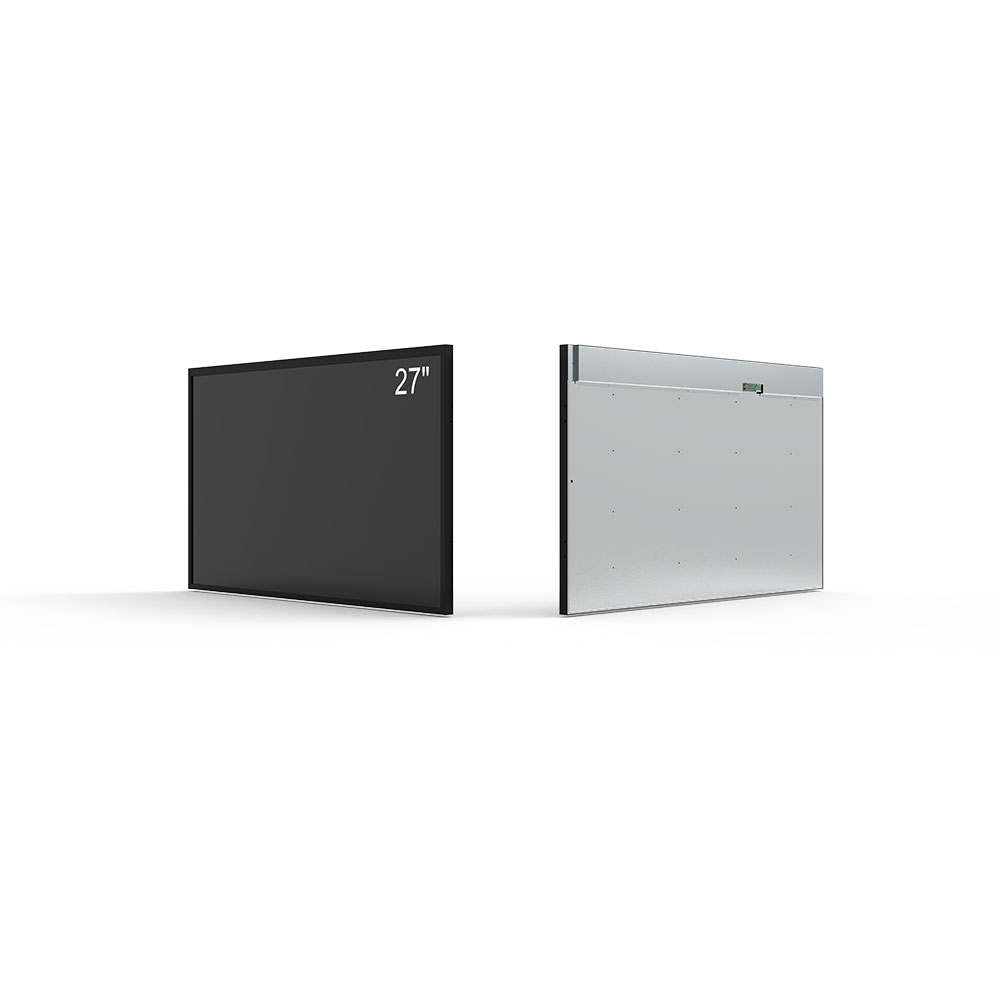When designing outdoor electronic systems—whether for transportation, industrial control, military equipment, or public information kiosks—the choice of display technology is critical. Among the most demanding environments, sunlight-readable high-brightness LCD displays are essential to ensure visibility under direct sunlight, extreme temperatures, and harsh conditions. These displays must not only maintain clarity at 5,000–10,000 nits brightness but also resist glare, UV degradation, and mechanical stress.
Industry standards such as MIL-STD-810G and IEC 60068 define environmental resilience requirements that high-brightness LCDs must meet. For example, a typical industrial-grade LCD panel used in construction equipment or solar monitoring stations must withstand thermal cycling from -30°C to +70°C, vibration, and humidity exposure. Manufacturers like LG Display, Sharp, and Innolux now produce panels with integrated anti-glare coatings, LED backlight arrays optimized for outdoor use, and wide viewing angles (typically >170°) to enhance usability.

One key innovation is the use of high-efficiency LED backlights, which provide uniform illumination while minimizing power consumption—a crucial factor in battery-powered devices. Additionally, adaptive brightness control based on ambient light sensors allows dynamic adjustment between 200 nits (indoor mode) and 8,000+ nits (outdoor peak), optimizing both energy efficiency and visual performance. According to a 2023 study by the Society for Information Display (SID), displays with adaptive brightness can reduce power usage by up to 40% without compromising readability.

In real-world deployments, such as in airport information boards or vehicle dashboards, engineers must consider contrast ratio, response time (typically< 10ms for motion video), and color accuracy. For instance, the automotive industry increasingly adopts high-brightness LCDs for head-up displays (HUDs), where even slight color shifts due to temperature variations can impact driver safety. The integration of IPS (In-Plane Switching) or OLED technologies further improves performance by offering superior color consistency and faster refresh rates compared to older TN panels.
Importantly, proper system integration—including protective films, sealed enclosures, and EMI shielding—is as vital as selecting the right panel. A case study from a U.S. Department of Transportation project found that combining a 7,000-nit LCD with a hardened polycarbonate cover and an IP65-rated housing increased mean time between failures (MTBF) by over 300% in field tests.
Ultimately, choosing a sunlight-readable high-brightness LCD isn’t just about specs—it’s about aligning technical capabilities with application-specific constraints. Whether it’s for military ruggedization or commercial outdoor signage, understanding the interplay of brightness, durability, and human factors ensures long-term reliability and user satisfaction.







